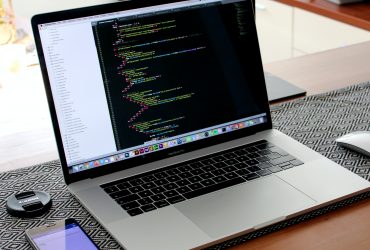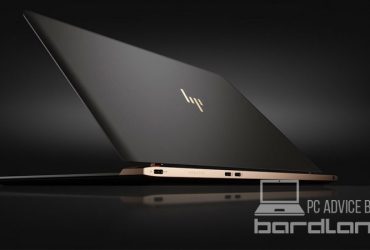What was the first computer?
The first computer worm to have a real impact was Morris Worm, widely regarded as the first major malware of all kinds. The mask was released in November 1988 and was created and named after a doctoral student at Robert Morris – Cornell University, but he launched it from MIT’s servers, perhaps to cover up his songs or to suggest that he was in touch with his esteemed Department.
Morris argues that the mask was intended as an intellectual exercise and a means of exposing the security flaws used by Unix; Unfortunately, as it was written, the worm made several copies of itself on each infected machine, and all this that executed the worm code stopped many of them, which Morris said was not his intention. At the peak of the wave of infection, Morris Worm was running on nearly 10 percent of all Internet-compatible computers at the time. Morris was the first person to be convicted under the Computer Fraud and Addiction Act 1986, even though he did community service and paid fines instead of going to jail; ironically, he eventually became a professor at MIT.
A short list of known carpets
Some of the most notorious and high-profile malware attacks have been worms. We have already discussed Mydoom and NotPetya; others are:
SQL Slammer, a small 376-byte mask that removed most of the world’s SQL servers;
Blaster, a Windows worm that launched DDoS attacks on Microsoft’s own servers and infected up to two billion computers in 2003;
Conficker, the 2008 worm that infected millions of computers and created large botnets; And
Stuxnet, a mask developed in 2010 by U.S. and Israeli intelligence services that targeted Iran’s nuclear weapons program and placed it behind years.
One common to some of the best known worm infections is their almost shocking virulence and ability to spread. In fact, many of the carpets on this list, such as Morris Worm, clearly exceeded the author’s intentions or ability to control the situation. The creator has designed SQL Slammer as a concept. The creators of conference masks never used the large botnets they created because the attack attracted so much attention. Stuxnet was smuggled into the Iranian research institute with a Natanz USB key. because the lab was airtight (not connected to the Internet), the mask was never expected to see daylight. NotPetyan was created by Russia probably to create chaos in Ukraine, but it spread all over the world – also back to Russia. The truth is that many carpets continue to multiply on old and repaired computers long after the authors had used them. More reasons to keep updates up to date.
Removing the computer mask
Once the worm is installed on your computer, removing it is similar to another type of malware – but it’s not easy. The CSO has information on removing or otherwise recovering rootkit, ransomware, and cryptocurrencies. We also have a guide for checking the Windows registry to find out how to proceed.
If you’re looking for tools to clean up your system, Tech Radar has an excellent overview of free offers that include some well-known names from the antivirus world as well as newcomers like Malwarebytes.



